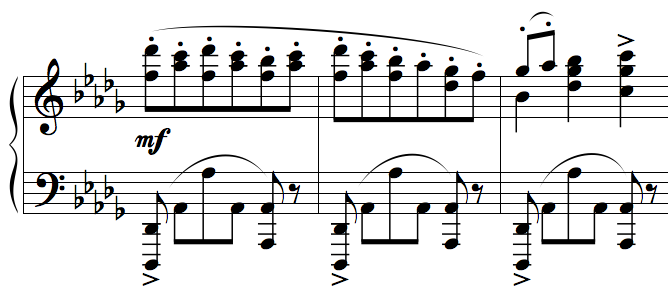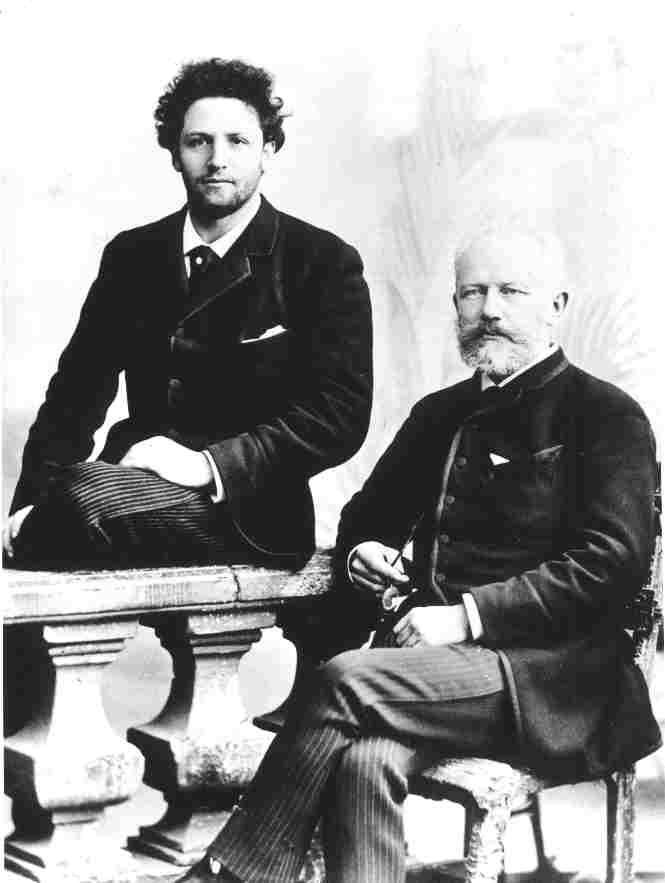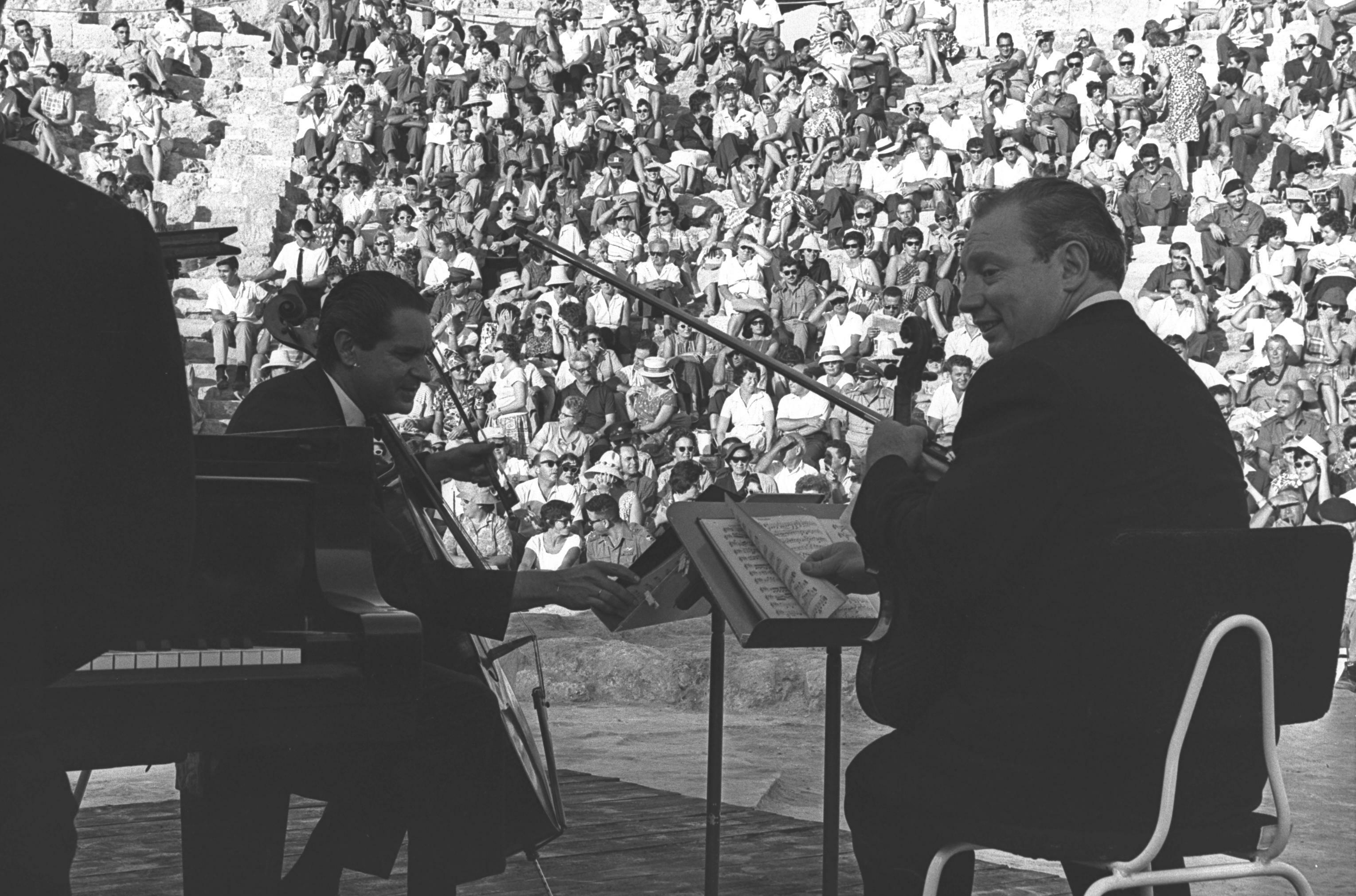|
Martin Pierre Marsick
Martin Pierre Joseph Marsick (9 March 1847, in Jupille-sur-Meuse – 21 October 1924, in Paris), was a Belgian violin player, composer and teacher. His violin was made by Antonio Stradivari in 1705 and has since become known as the Ex Marsick Stradivarius. It was the instrument of David Oistrakh from 1966 to 1974. Marsick's nephew, Armand Marsick, the son of his brother Louis François, was a major violinist of the 20th century. Biography In 1854, seven-year-old Marsick was admitted to the Royal Conservatory of Music in Liège, to study violin with Désiré Heynberg (1831–1898). Graduating with the gold medal in 1864, he continued his studies in Brussels with Hubert Léonard and became the pupil of Joseph Massart at the Paris Conservatory in 1868. In 1871, Marsick joined the newly established Société Nationale de Musique in Paris and also founded a string quartet. Between 1875 and 1895, he performed in concerts in collaboration with the leading conductors in Paris ... [...More Info...] [...Related Items...] OR: [Wikipedia] [Google] [Baidu] |
Jules Etienne Pasdeloup
Jules Étienne Pasdeloup (15 September 1819 – 13 August 1887) was a French conductor. Life Pasdeloup was born in Paris. His father was an assistant conductor at the Opéra Comique; he was educated in music at the Conservatoire de Paris, leaving with a first prize in piano. He founded in 1851 a ''Société des jeunes artistes du conservatoire'' that gave concerts in the Salle Hertz for a decade, and, as conductor of its concerts, did much to popularize the best new compositions of the time. His popular Concerts Pasdeloup at the ''Cirque d'hiver'', Paris, from 1861 till 1884, had also a great effect in promoting French taste in music, introducing works by Wagner and Schumann, as well as reviving public interest in the symphonies of Mozart, Haydn, and Beethoven. In 1868 he founded the Société des Oratories to present oratorios, and joined the Théâtre Lyrique the same year, though he was disappointed there at his lack of popular success in reviving operas like Gluck's ''Iphigé ... [...More Info...] [...Related Items...] OR: [Wikipedia] [Google] [Baidu] |
Cécile Chaminade
Cécile Louise Stéphanie Chaminade (8 August 1857 – 13 April 1944) was a French composer and pianist. In 1913, she was awarded the Légion d'Honneur, a first for a female composer. Ambroise Thomas said, "This is not a woman who composes, but a composer who is a woman." Biography Born in Paris, Chaminade was raised in a musical family. She received her first piano lessons from her mother. Around age 10, Chaminade was assessed by Félix Le Couppey of the Conservatoire de Paris, who recommended that she study music at the Conservatoire. Her father forbade it because he believed it was improper for a girl of Chaminade's class. Her father did, however, allow Chaminade to study privately with teachers from the Conservatoire: piano with Le Couppey, violin with Marie Gabriel Augustin Savard and Martin Pierre Marsick, and music composition with Benjamin Godard. Chaminade experimented in composition as a young child, composing pieces for her cats, dogs and dolls. In 1869, she perform ... [...More Info...] [...Related Items...] OR: [Wikipedia] [Google] [Baidu] |
Jacques Thibaud
Jacques Thibaud (; 27 September 18801 September 1953) was a French violinist. Biography Thibaud was born in Bordeaux and studied the violin with his father before entering the Paris Conservatoire at the age of thirteen. In 1896 he jointly won the conservatory's violin prize with Pierre Monteux (who later became a famous conductor). He had to rebuild his technique after being injured in World War I. In 1943 he and Marguerite Long established the Marguerite Long-Jacques Thibaud International Competition for violinists and pianists, which takes place each year in Paris. From 2011, it has included singers and is now known as the Long-Thibaud-Crespin Competition, in honour of the soprano Régine Crespin. Thibaud was noted not only for his work as a soloist, but also for his performances of chamber music, particularly in a piano trio with the pianist Alfred Cortot and cellist Pablo Casals. He undertook concert tours with pianist Yves Nat and George Enescu. He was a friend of violi ... [...More Info...] [...Related Items...] OR: [Wikipedia] [Google] [Baidu] |
Carl Flesch
Carl Flesch (born Károly Flesch, 9 October 1873 – 14 November 1944) was a Hungarian violinist and teacher. Flesch’s compendium ''Scale System'' is a staple of violin pedagogy. Life and career Flesch was born in Moson (now part of Mosonmagyaróvár) in Hungary in 1873. He began playing the violin at seven years of age. At 10 he was taken to Vienna to study with Jakob Grün. At 17 he left for Paris, and joined the Conservatoire de Paris, studying with Martin Pierre Marsick. He settled in 1903 in Amsterdam, in 1908 in Berlin, and in 1934 in London. He was known for his solo performances in a very wide range of repertoire (from Baroque music to contemporary), gaining fame as a chamber music performer. He also taught in Bucharest (1897–1902), Amsterdam (1903–08), Philadelphia (1924–28) and Berlin (Hochschule fuer Musik, 1929–34). He published a number of instructional books, including ''Die Kunst des Violin-Spiels'' (''The Art of Violin Playing'', 1923) in which he ad ... [...More Info...] [...Related Items...] OR: [Wikipedia] [Google] [Baidu] |
Paris Conservatory
The Conservatoire de Paris (), also known as the Paris Conservatory, is a college of music and dance founded in 1795. Officially known as the Conservatoire National Supérieur de Musique et de Danse de Paris (CNSMDP), it is situated in the avenue Jean Jaurès in the 19th arrondissement of Paris, France. The Conservatoire offers instruction in music and dance, drawing on the traditions of the 'French School'. Formerly the conservatory also included drama, but in 1946 that division was moved into a separate school, the CNSAD, Conservatoire National Supérieur d'Art Dramatique (CNSAD), for acting, theatre and drama. Today the conservatories operate under the auspices of the Ministry of Culture (France), Ministry of Culture and Communication and are associate members of PSL University. The CNSMDP is also associated with the Conservatoire National Supérieur de Musique et de Danse de Lyon (CNSMDL). History École Royale de Chant On 3 December 1783 Papillon de la Ferté, ''intendant' ... [...More Info...] [...Related Items...] OR: [Wikipedia] [Google] [Baidu] |
Vladimir Von Pachmann
Vladimir de Pachmann or Pachman (27 July 18486 January 1933) was a pianist of Russian-German ethnicity, especially noted for performing the works of Chopin and for his eccentric performing style. Biography Pachmann was born in Odessa, Ukraine as Vladimir Pachmann. The ''von'' or later ''de'' as a nobiliary particle was most probably added to his name by himself. Three of his brothers serving as officers in the Imperial Russian Army did not use the particle, as might be expected. His father was a professor at the University of Odessa and a celebrated amateur violinist who had met Beethoven, Weber and other notable composers in Vienna.Grove's Dictionary of Music and Musicians, 5th ed., 1954, Vol. VI, p. 479 He was his son's only teacher until he turned 18, at which time he went to Vienna to study music at the Vienna Conservatory, studying piano with Josef Dachs (a pupil of Carl Czerny) and theory with Anton Bruckner. He gained the Conservatory's Gold Medal and made his concert deb ... [...More Info...] [...Related Items...] OR: [Wikipedia] [Google] [Baidu] |
Piano
The piano is a stringed keyboard instrument in which the strings are struck by wooden hammers that are coated with a softer material (modern hammers are covered with dense wool felt; some early pianos used leather). It is played using a musical keyboard, keyboard, which is a row of keys (small levers) that the performer presses down or strikes with the fingers and thumbs of both hands to cause the hammers to strike the strings. It was invented in Italy by Bartolomeo Cristofori around the year 1700. Description The word "piano" is a shortened form of ''pianoforte'', the Italian term for the early 1700s versions of the instrument, which in turn derives from ''clavicembalo col piano e forte'' (key cimbalom with quiet and loud)Pollens (1995, 238) and ''fortepiano''. The Italian musical terms ''piano'' and ''forte'' indicate "soft" and "loud" respectively, in this context referring to the variations in volume (i.e., loudness) produced in response to a pianist's touch or pressure on ... [...More Info...] [...Related Items...] OR: [Wikipedia] [Google] [Baidu] |
Anatoliy Brandukov
Anatoly Andreyevich Brandukov (russian: Анато́лий Андре́евич Брандуко́в) ( – February 16, 1930) was a Russian cellist who premiered many cello pieces of prominent composers including Pyotr Tchaikovsky and Sergei Rachmaninoff. Born as Russian classical music was flourishing in the middle of the 19th century, he worked with many of the important composers and musicians of the day, including performances with Anton Rubinstein and Alexander Siloti. As a soloist, he excelled in performance and was especially noted for stylish interpretations, his refined temperament, and beautiful, expressive tone. In his later years, he became a professor at Moscow Conservatory, and continued to perform well into his later life. Although his popularity is obscured by the more famous composers and virtuosos, his influence on those composers' most prominent compositions is evident. Life and work Anatoliy Andreyevich Brandukov was born in Moscow on January 6, 1859. His fath ... [...More Info...] [...Related Items...] OR: [Wikipedia] [Google] [Baidu] |
Cello
The cello ( ; plural ''celli'' or ''cellos'') or violoncello ( ; ) is a Bow (music), bowed (sometimes pizzicato, plucked and occasionally col legno, hit) string instrument of the violin family. Its four strings are usually intonation (music), tuned in perfect fifths: from low to high, scientific pitch notation, C2, G2, D3 and A3. The viola's four strings are each an octave higher. Music for the cello is generally written in the bass clef, with tenor clef, and treble clef used for higher-range passages. Played by a ''List of cellists, cellist'' or ''violoncellist'', it enjoys a large solo repertoire Cello sonata, with and List of solo cello pieces, without accompaniment, as well as numerous cello concerto, concerti. As a solo instrument, the cello uses its whole range, from bassline, bass to soprano, and in chamber music such as string quartets and the orchestra's string section, it often plays the bass part, where it may be reinforced an octave lower by the double basses. Figure ... [...More Info...] [...Related Items...] OR: [Wikipedia] [Google] [Baidu] |
Piano Trio
A piano trio is a group of piano and two other instruments, usually a violin and a cello, or a piece of music written for such a group. It is one of the most common forms found in classical chamber music. The term can also refer to a group of musicians who regularly play this repertoire together; for a number of well-known piano trios, see below. The term "piano trio" is also used for jazz trios, where it most commonly designates a pianist accompanied by bass and drums, though guitar or saxophone may figure as well. Form Works titled "Piano Trio" tend to be in the same overall shape as a sonata. Initially this was in the three movement form, though some of Haydn's have two movements. Mozart, in five late works, is generally credited with transforming the accompanied keyboard sonata, in which the essentially optional cello doubles the bass of the keyboard left hand, into the balanced trio which has since been a central form of chamber music. With the early 19th century, particula ... [...More Info...] [...Related Items...] OR: [Wikipedia] [Google] [Baidu] |
Joseph Joachim
Joseph Joachim (28 June 1831 – 15 August 1907) was a Hungarian violinist, conductor, composer and teacher who made an international career, based in Hanover and Berlin. A close collaborator of Johannes Brahms, he is widely regarded as one of the most significant violinists of the 19th century. Joachim studied violin early, beginning in Buda at age five, then in Vienna and Leipzig. He made his debut in London in 1844, playing Beethoven's Violin Concerto, with Mendelssohn conducting. He returned to London many times throughout life. After years of teaching at the Leipzig Conservatory and playing as principal violinist of the Gewandhausorchester, he moved to Weimar in 1848, where Franz Liszt established cultural life. From 1852, Joachim served at the court of Hanover, playing principal violin in the opera and conducting concerts, with months of free time in summer for concert tours. In 1853, he was invited by Robert Schumann to the Lower Rhine Music Festival, where he met Cl ... [...More Info...] [...Related Items...] OR: [Wikipedia] [Google] [Baidu] |











.jpg)